You know, the more I research Teenage Engineering, the more I picture peeling back an onion.
For an instrument company, Teenage Engineering seem to aspire to be more than that. Whether functioning as a pseudo-design house—working for clients like the “Nothing” brand or IKEA, taking on little-known commissions for figures like the late, great fashion designer Virgil Abloh, or building left-field ideas for artists like Brian Eno—the longer this sentence stretches, the more projects I’ll fail to mention. Teenage Engineering’s breadth of work merits a deeper look.
A Reputation for Style: The “Hipster” Debate
Teenage Engineering, rightly or wrongly, gets a bad rap in some circles for being a “hipster brand.” Much like other consumer hobby horses such as Apple, Bose, and Dyson, every Teenage Engineering product embodies a distinctive design aesthetic that has its own fan base. It’s not up to me to determine whether each object they make is priced appropriately, but the value placed on them certainly has its detractors. More often than not, when someone chooses a Teenage Engineering product, it’s because significant appeal lies in the company’s specific design choices.
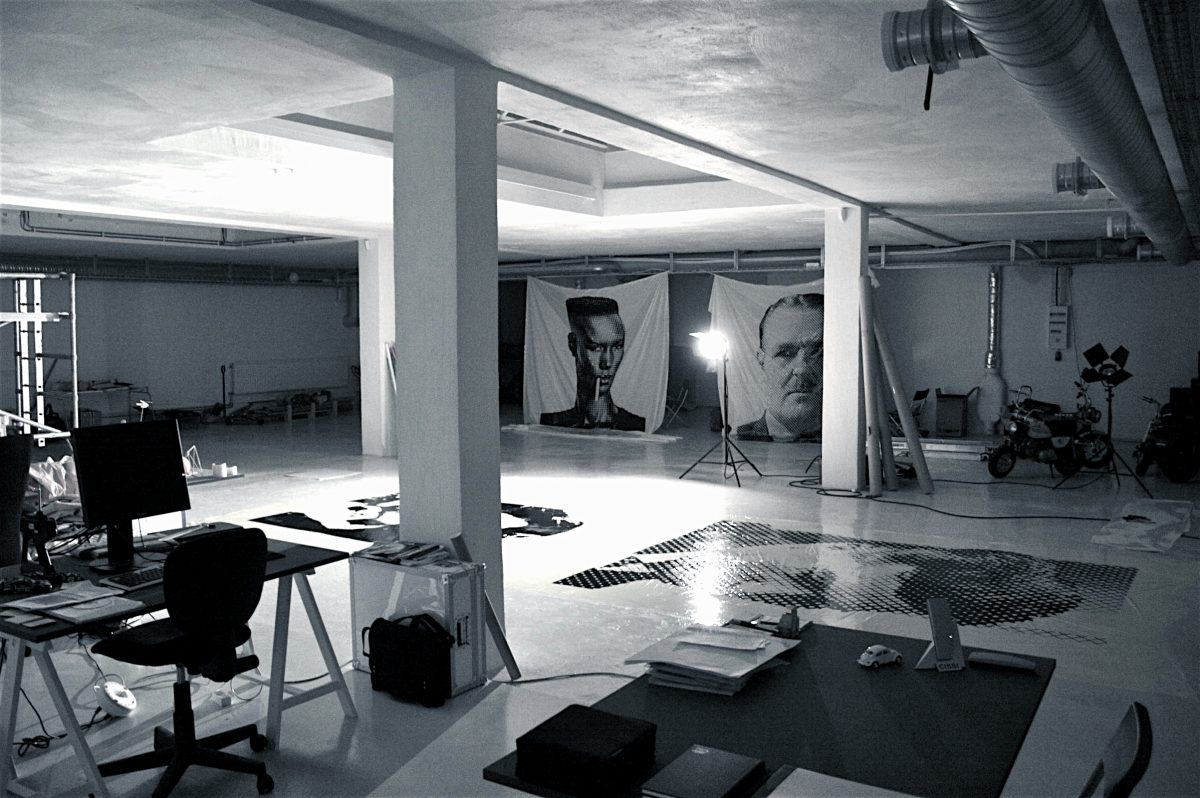
From Slipmats to Synthesizers: The Early Vision
What we see in Teenage Engineering today arguably stems from early decisions made by its founder, Jesper Kouthoofd. A native of Gothenburg, Sweden, Kouthoofd transitioned from designing turntable slipmats to enduring a thankless role in commercial advertising before striking out on his own to start Acne—a multidisciplinary creative collective that would later evolve into Acne Studios.
As Acne expanded into industrial CAD design and commissioned work, Kouthoofd also played a major role in the early 2000s computer game brand Netbabyworld. By 2005, he and his collaborators were ready to leave behind commissioned work and pursue a new venture. Taking inspiration from the song “Retired Teenage Angst” by The Soundtrack of Our Lives, they named it Teenage Engineering.
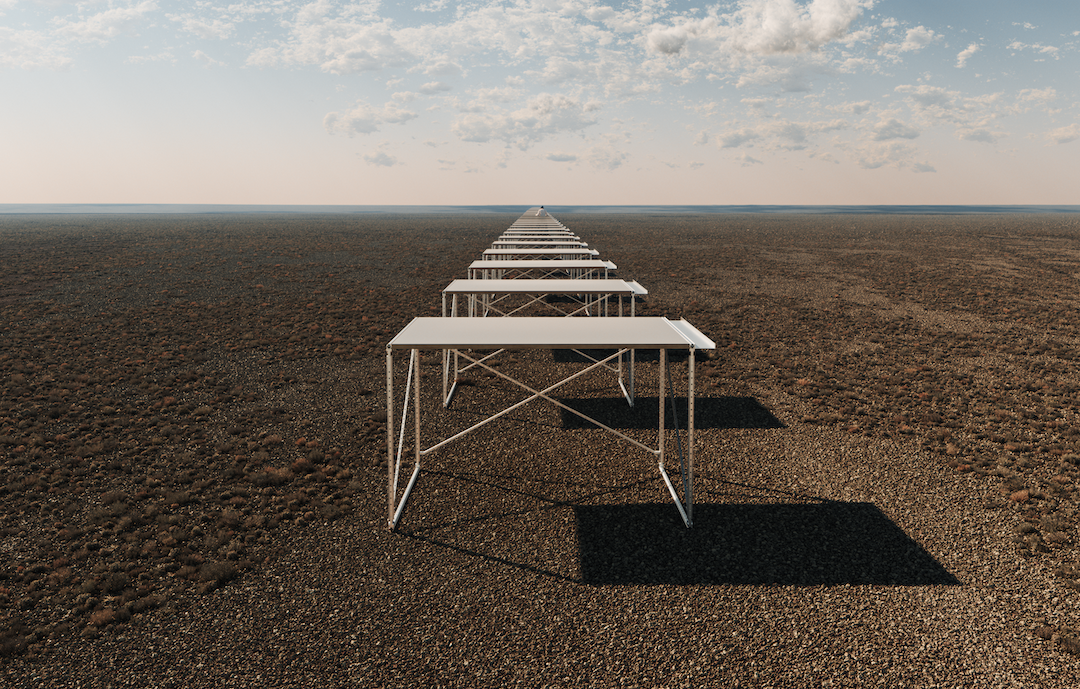
Naive to what it truly took to become a product manufacturer, early Teenage Engineering was driven by experimentation with existing design languages. Whether it was a clock, a toy, or something else, they knew their first in-house product would have to be a musical instrument.
The OP-1: A Minimalist Masterpiece
Released in 2010, the OP-1 bears a stark resemblance to Kouthoofd’s original vision for the company. Inspired by the post-Bauhaus Ulm School of Design—where pictography played a crucial role in communication—and by the belief that designers should be left to design, early Teenage Engineering resembled early Sony, where products weren’t dictated by sales or marketing teams, even if their designs were a mesh between modern German and Italian visual and industrial aesthetics. With its palm-sized form factor, creative limitations, and all-in-one design, the OP-1 landed on the market much like its direct inspiration, Casio’s VL-TONE.
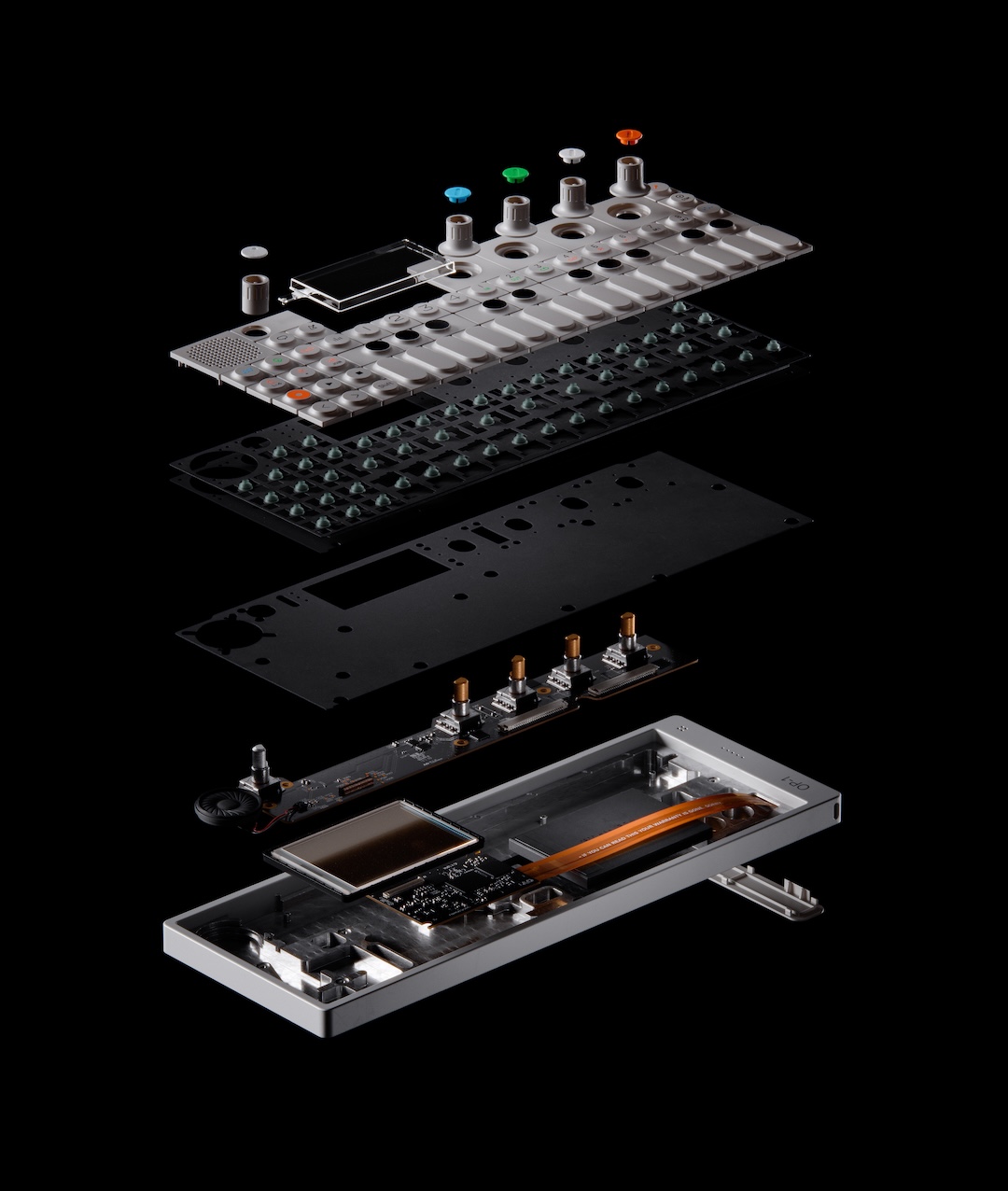
Innovative Features & Creative Limitations
The OP-1 combined forward-thinking design choices — an OLED screen, an aluminum unibody, and mechanical-feeling plastic controls—that made it feel both expensive and user-friendly. Beneath its minimal exterior was a deep synthesis and sampler engine. Some of its quirks — being a four-track recorder, mono-timbral, lacking an undo function, and offering only six minutes of recording time — forced users to embrace creative limitations, priming musicians for what was to come.
Accessories & Accolades: Expanding the Aesthetic
Teenage Engineering chose to accessorize the OP-1 in ways that further fleshed out its aesthetic. Early cases and bags blended colorful Italian design influences with minimalist Scandinavian style. A collaboration with headphone company AIAIAI yielded the PX-0 earbuds, designed to match the OP-1’s visual world. Their own oplab device expanded the OP-1’s features without altering its core design. In hindsight, it’s no surprise that San Francisco’s Museum of Modern Art (MoMA) added the OP-1 to its permanent collection—marking it as a blueprint for the future.
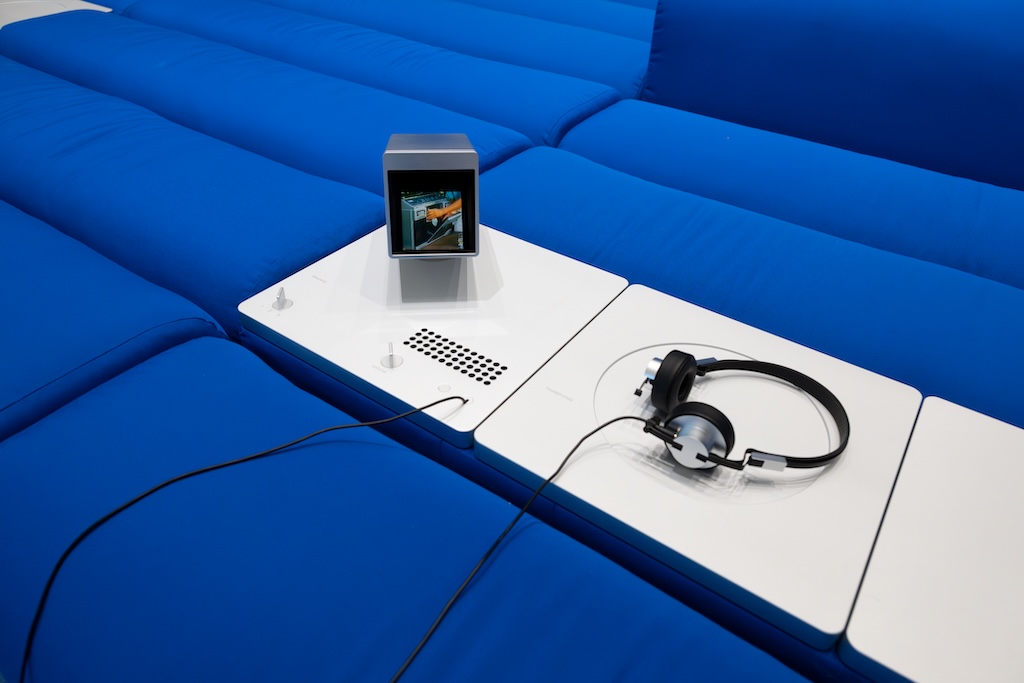
In 2013, a collaboration with the Stig Carlsson Foundation produced the Sonab OD-11, a minimalist reinterpretation of ’70s Scandinavian speaker systems inspired by the original 1974 OD-11, which was also featured at MoMA.
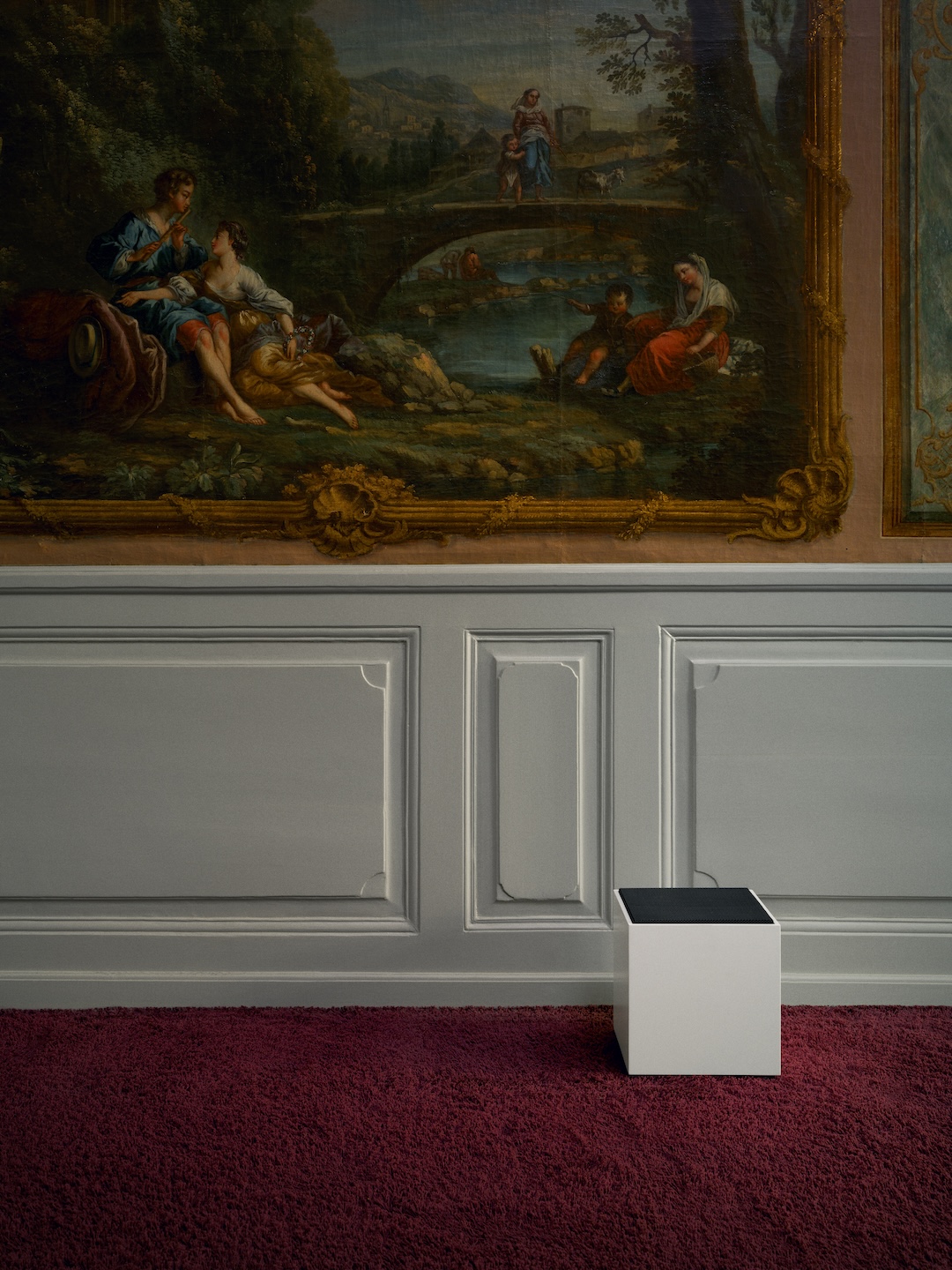
Expanding Horizons: Pocket Operators & Global Collaborations
The success of the OP-1 led Teenage Engineering to an unexpected place: the pockets of musicians. In partnership with the now-defunct Swedish clothing brand Cheap Monday, they designed a line of inexpensive, future-retro instruments — a lead synth, bass, and drum machine — each priced under $100. These “Pocket Operators” playfully took a throwaway line from a Kraftwerk song and turned it into a reality, evoking the design of early LCD handheld games and the sound of chiptune music. With exposed circuit boards instead of traditional casings, Pocket Operators allowed users to customize their gear or opt for Teenage Engineering’s subdued silicone cases.
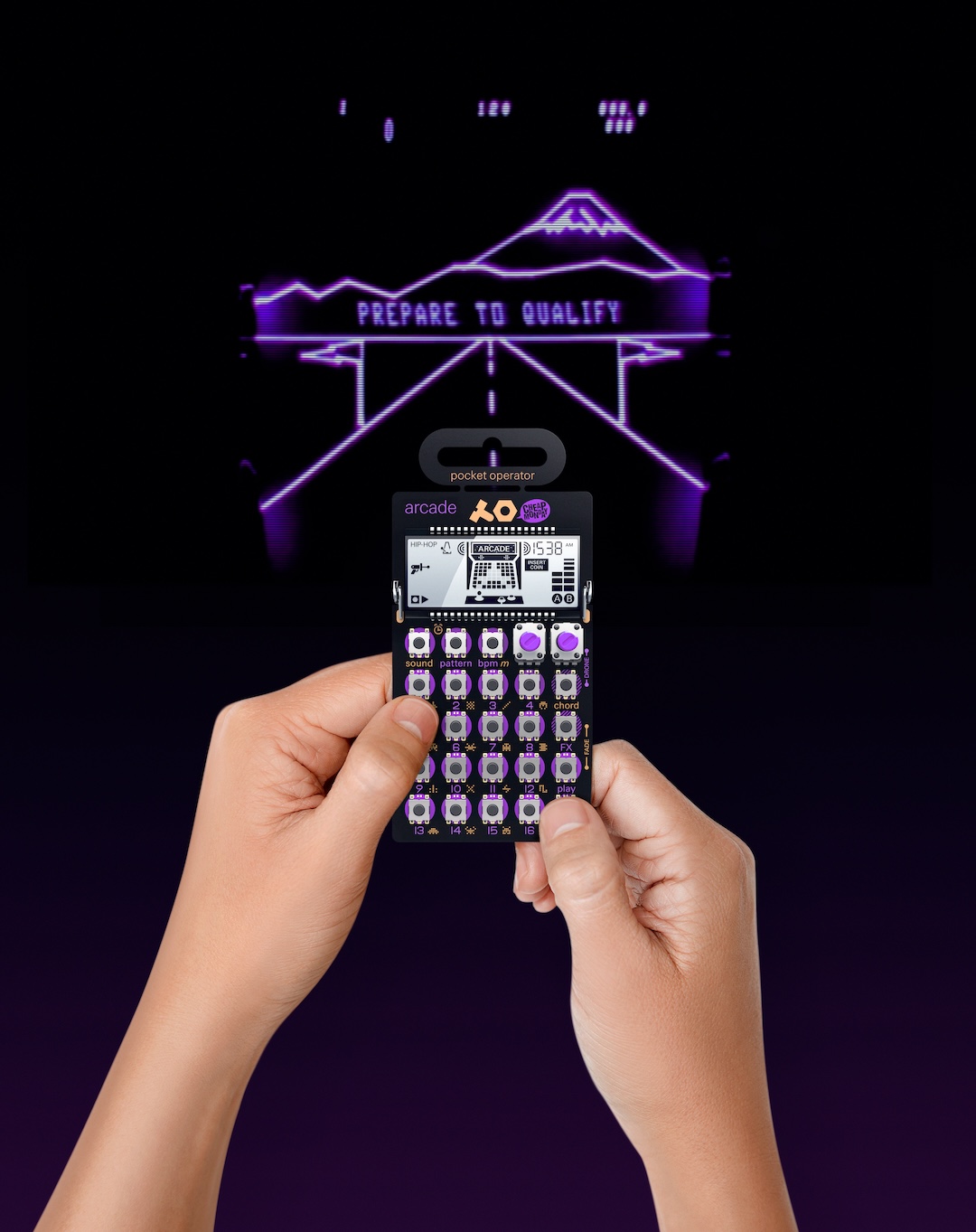
This success marked their transition from a mere instrument maker to a broader design innovator. Collaborations with global brands like IKEA and Baidu followed—resulting in the Frekvens series (a mix of portable speakers, lighting, furniture, and even raincoats) and the short-lived Raven, an AI-assisted speaker system.
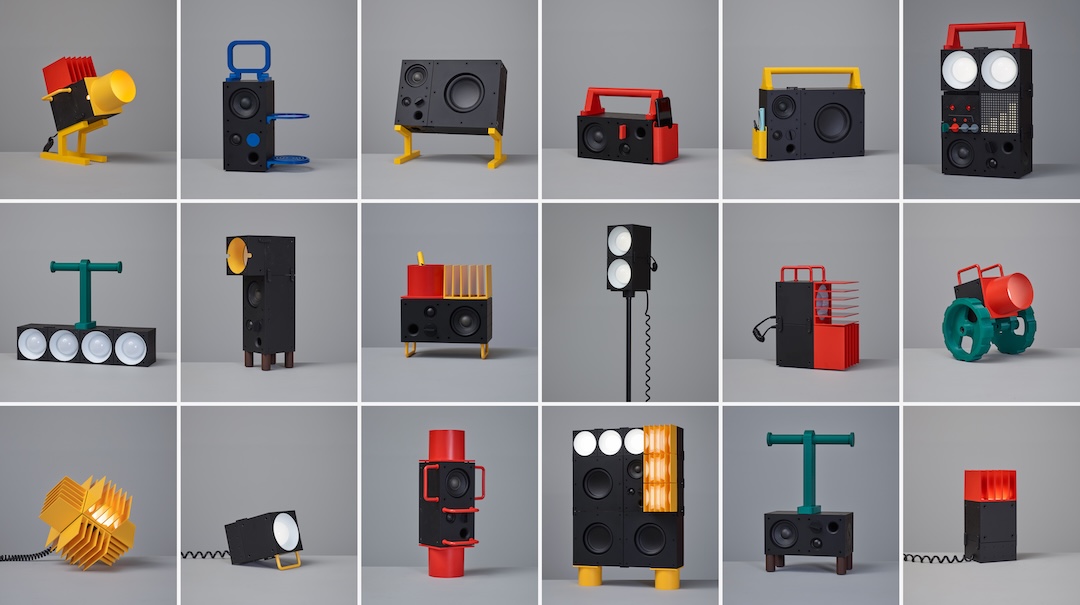
By 2019, Teenage Engineering had come full circle by working with Panic Inc. to create Playdate, an open-source handheld gaming system reminiscent of the Game Boy, a natural progression after their 2018 release of the OP-Z–a minimalist, tactile music device with 16 tracks for audio and visual sequencing.
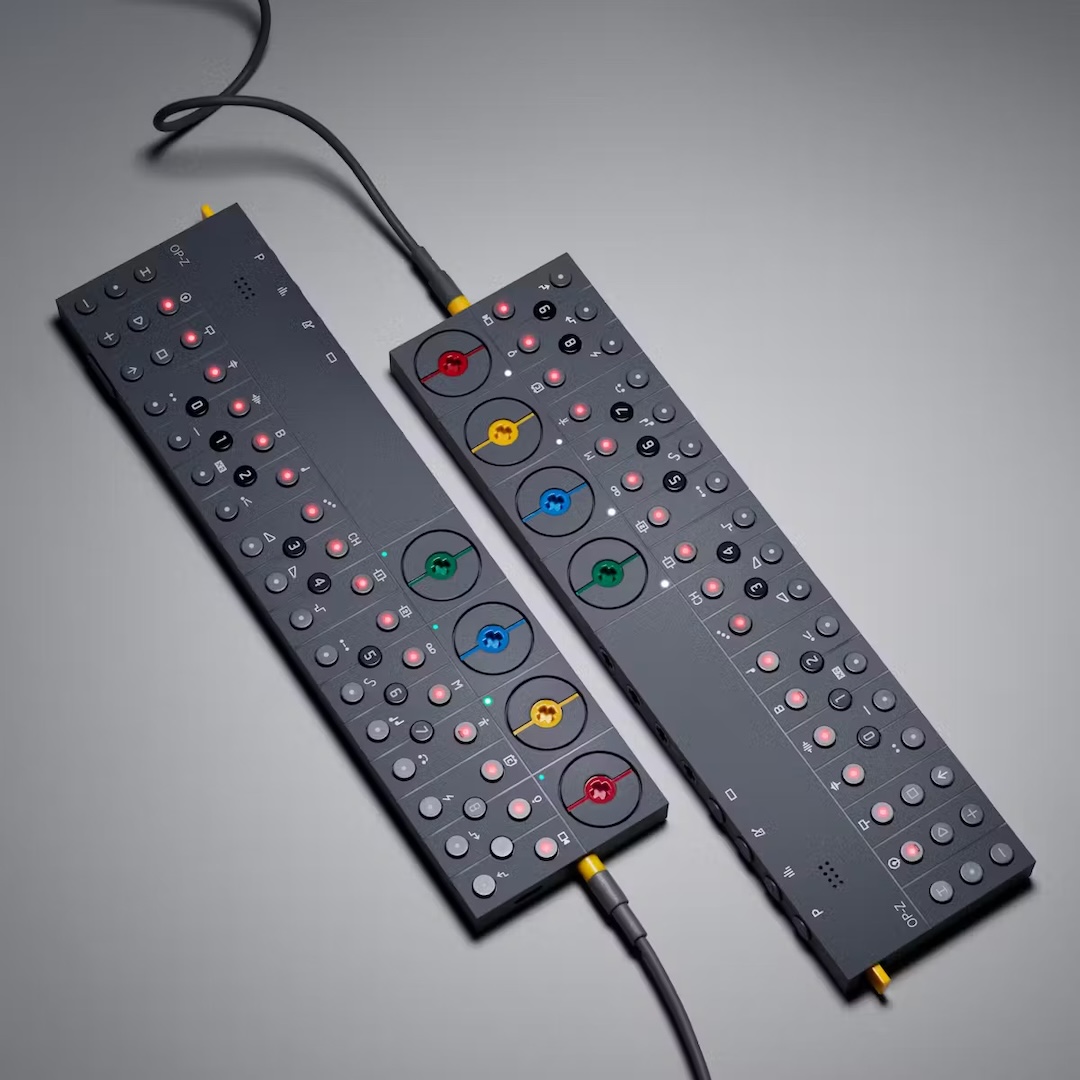
Diversifying Creative Ventures
Following the success of their core instruments, Teenage Engineering continued refining and expanding its design sensibilities. The M-1 headphones and OB-4 radio embodied their ethos, while collaborations with Capcom gave birth to IP-driven Pocket Operators and the PO Modular series–flatpack instruments echoing the DIY spirit of Eurorack synths. This DIY ethos culminated in unexpected ventures such as the Computer-1, a mini-ITX PC case rendered in their signature flatpack style.
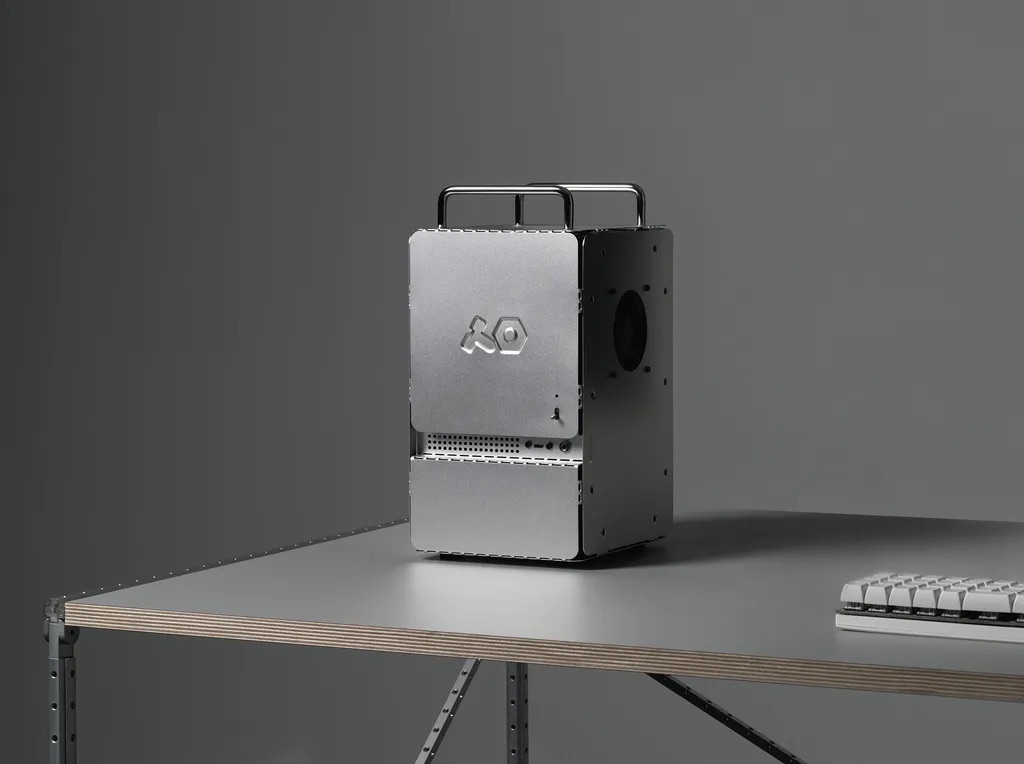
One-off projects further showcased their versatility: the OB-4 Off-White edition for Virgil Abloh, a custom-built Pioneer DJ deck and booth, and design contributions for UK phone brand Nothing (shaping products like the Phone (2) and CMF Phone). Later, the introduction of the “Field” line — featuring the TX-6 mixer, TP-7 recorder, an updated OP-1, and the CM-15 microphone–cemented their move toward luxury tools for mobile creators. The existence of something like an official ‘Field’ work desk — also part of the line—serves as a fitting testament to Teenage Engineering’s belief that all their ideas can intertwine.
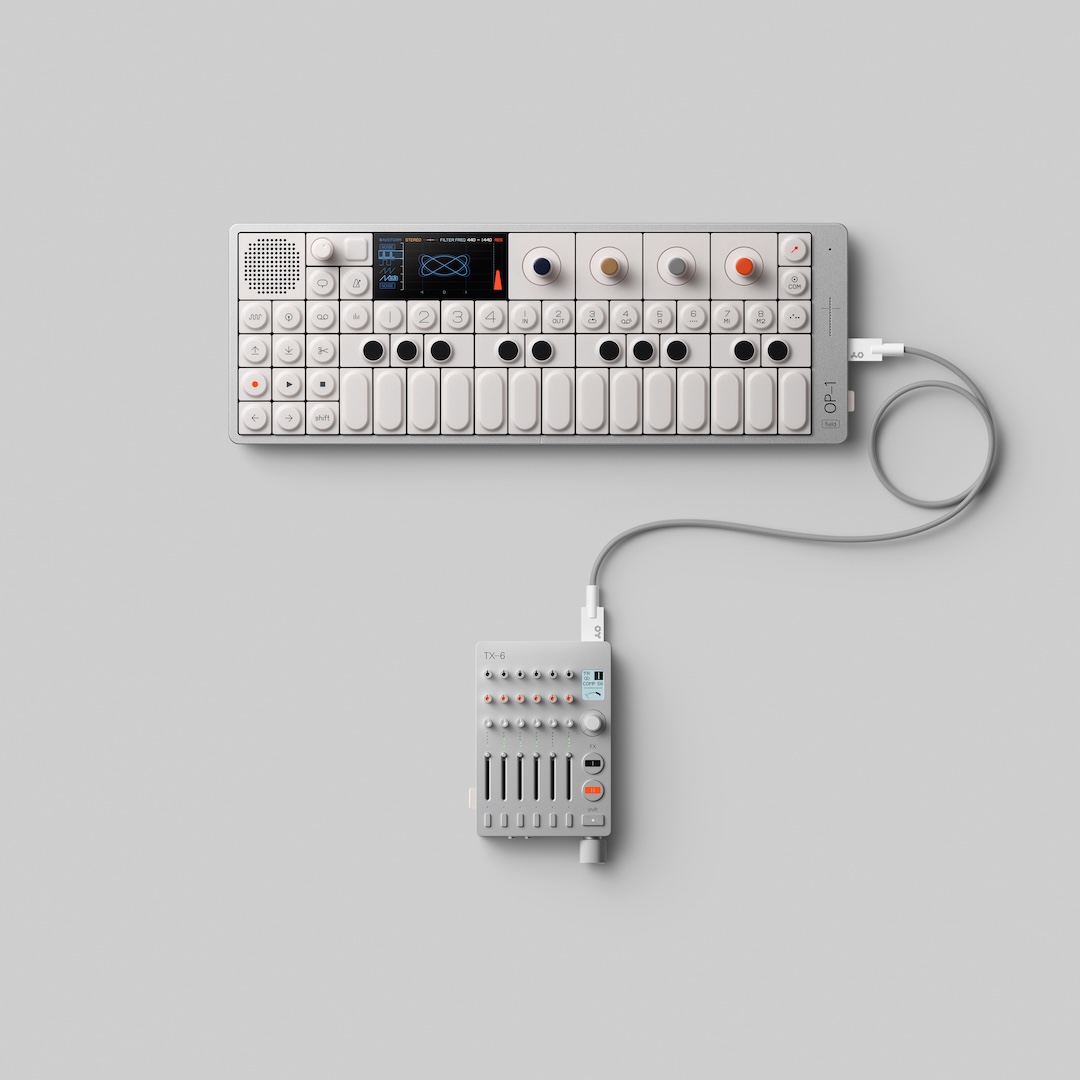
Despite this premium trajectory, Teenage Engineering never lost its playful spirit. The “choir” singing wooden dolls and PO-80 Record Factory turntable embraced a lo-fi, DIY ethos—the PO-80 even allowing users to cut their own warbly 7-inch records, while the CH-8 mimicked an analog Speak & Spell, controllable via Bluetooth MIDI keyboards.
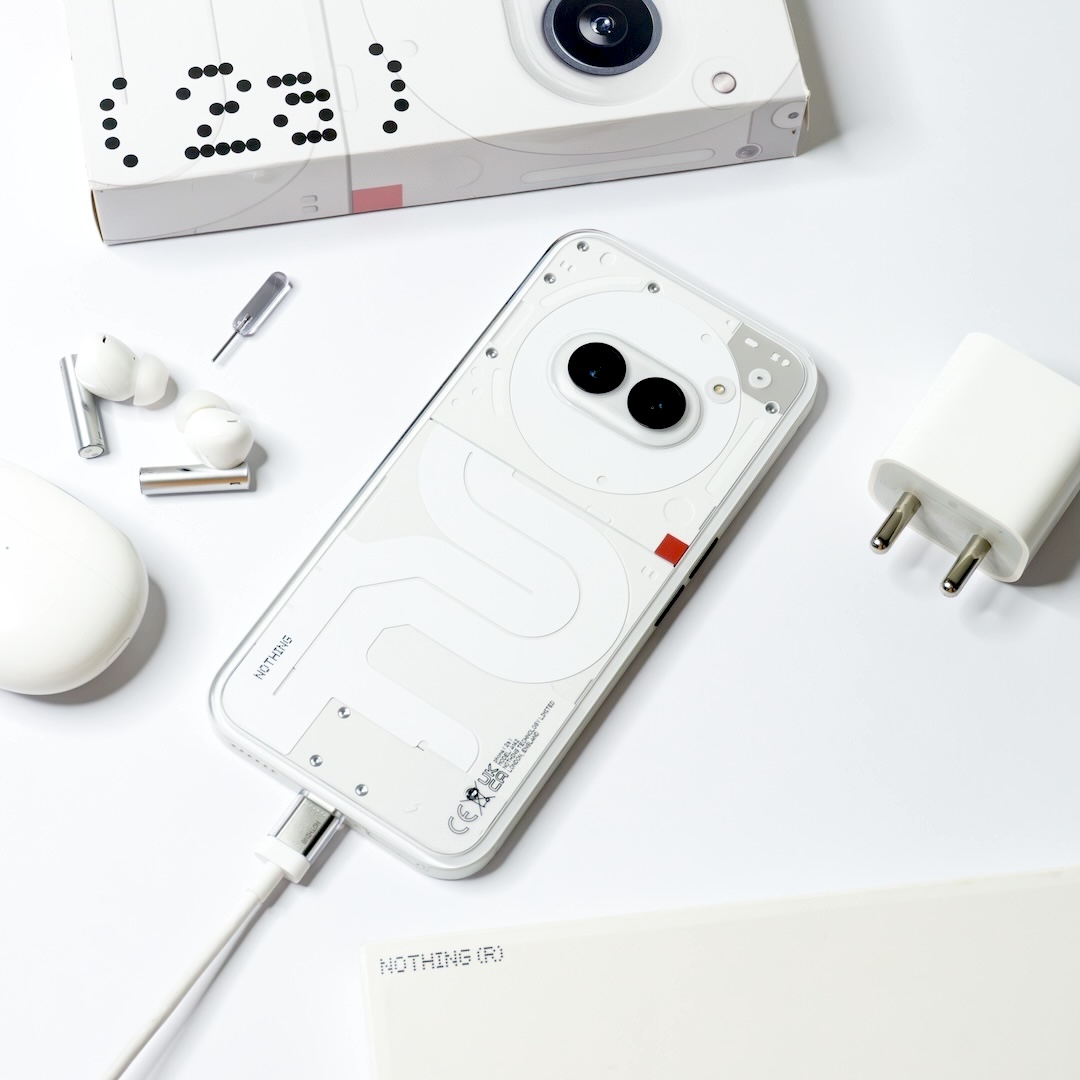
More recently, they upscaled their Pocket Operator series for studio use with the EP-133 KO II Sampler Composer and the EP-1320 Medieval Synth Workstation, which ventures into sonic territory inspired by Gregorian chants and Gaelic percussion.
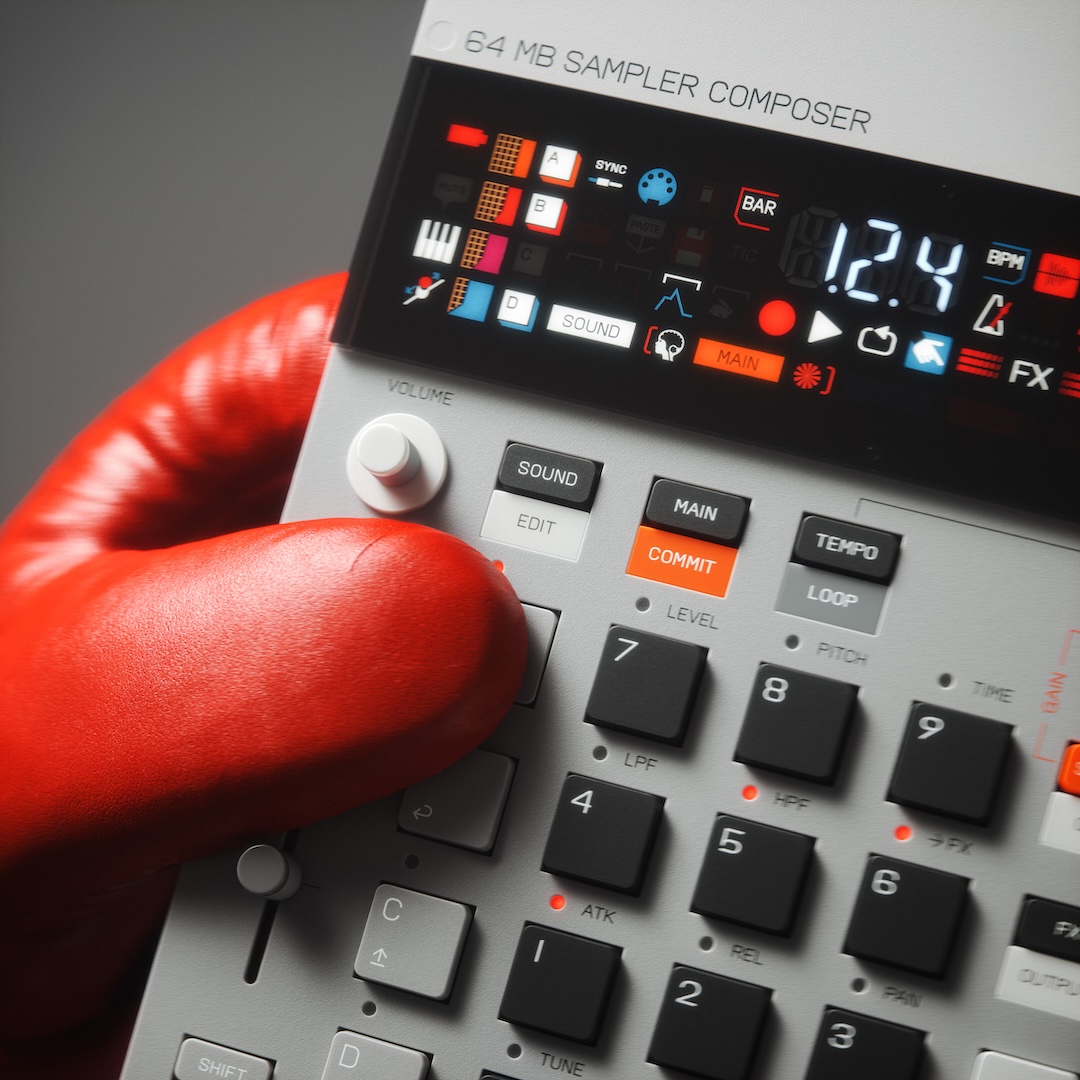
Pushing Boundaries: Crafting the Future of Sound and Design
All of this leads to what is perhaps Teenage Engineering’s most daring instrument yet: the OP-XY Synthesizer Workstation. Decked out in monochrome, it recalls the aesthetics of German New Wave (NDW) and the austere minimalism of Berlin’s famed nightclub Berghain, as seen in its promo video, seemingly inspired by one of that style’s pioneers: D.A.F. It’s this love letter to the endless possibilities inherent in pattern-based design that surprisingly brings them back closer to their origins, even as they move further forward in ideas.
As Teenage Engineering continues pushing boundaries—whether through the OP-XY, the B-1 generative film deck used on Brian Eno’s 2024 documentary, or projects yet to be imagined—it’s clear their work retains a dynamic fusion of design and function. Where they go next is anyone’s guess, but one thing is certain: it will be worth tuning in for.

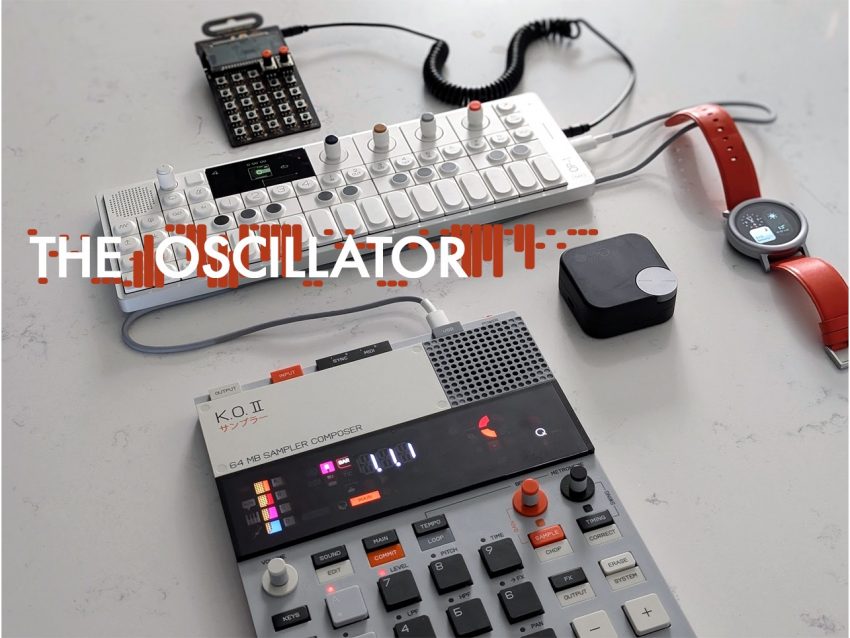


Leave a Reply